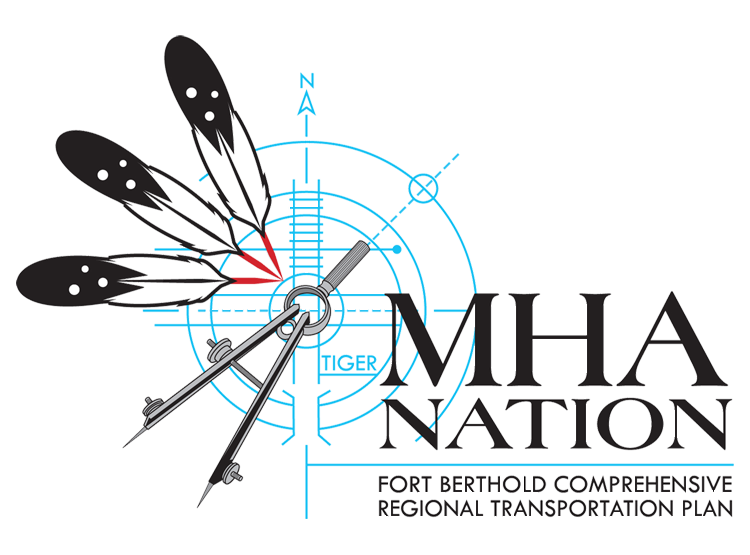FERRY PLAN

Ferry Service Plan
The Missouri River has always been central to who we are as a people, not only in our creation story, but our long history living here. Prior to the arrival of Europeans, we used the Missouri River for transportation, hunting and trading, as our main water source, and to cultivate our crops. In addition, “North Dakota has had a rich history of operating ferries to cross the Missouri and Red Rivers. The ferries were used to transport people, cattle, horses, supplies, agricultural products, cars, trucks, and even trains. The review of the historical society records concluded that there were over 30 ferries that operated in North Dakota from the mid-1800s until the mid-1900’s and were typically replaced with bridges.”1 For example, the Elbowoods Ferry operated on Fort Berthold in the 1920’s, and was able to carry several vehicles and passengers.
Reduce Travel Time.

Safe and Scenic Transportation.
Reconnect the Community.
Reoccupy the River.



What do you think about the ferry feasibility study? What is your vision for improving connectivity for our communities for generations to come? How can we plan for our future in a way that aligns with our cultural, spiritual and environmental values while ensuring a strong economy, jobs, health and education for our communities? How can we engage the Tribal community (both off and on reservation), our youth, elders, spiritual leaders, veterans, businesses, schools, programs, neighbors as well as other stakeholders including State, Federal and County governments in a way that ensures a brighter future for our next generations? We want to hear from you!
How many miles do you have to travel by road to get from White Shield to Twin Buttes currently?
How many miles would would you travel from White Shield to Twin Buttes with the proposed ferry ?
How many miles do you have to travel by road to get from Parshall to Twin Buttes currently?
How many miles would would you travel from Parshall to Twin Buttes with the proposed ferry?
How many miles do you have to travel by road to get from New Town to Twin Buttes currently?
How many miles would would you travel from New Town to Twin Buttes with the proposed ferry?
Marty Robbins: Thoughts on Hovercraft Ferry Service on Lake Sakakawea & Fort Berthold
At the recent Fort Berthold Technology & Innovation Summit held this summer, Marty Robbins presented on the feasibility of using hovercraft to ferry across Lake Sakakwea, providing the possibility of nearly year-round service not possible using traditional watercraft. For more details of what this type of service would entail, read his report here.





